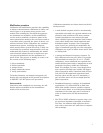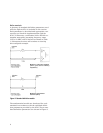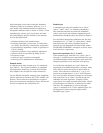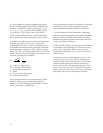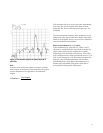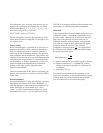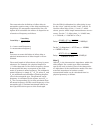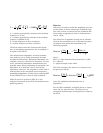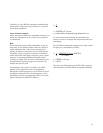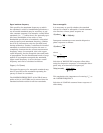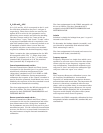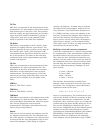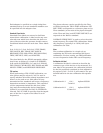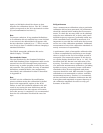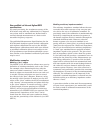
15
Therefore, for the WR-62 waveguide standard defi-
nition table, offset loss of zero ohm/sec is entered
for all four standards.
Lower/minimum frequency
Lower frequency defines the minimum frequency at
which the standard is to be used for the purposes
of calibration.
Note
When defining coaxial offset standards, it may be
necessary to use banded offset shorts to specify a
single standard class. The lower and upper fre-
quency parameters should be used to indicate the
frequency range of desired response. It should be
noted that lower and upper frequency serve a dual
purpose of separating banded standards which
comprise a single class as well as defining the over-
all applicable frequency range over which a cali-
bration kit may be used.
In waveguide, this must be its lower cut-off fre-
quency of the principal mode of propagation.
Waveguide cutoff frequencies can be found in most
waveguide textbooks. The cutoff frequency of the
fundamental mode of propagation (TE
10
) in rectan-
gular waveguide is defined as follows.
f =
c
2a
c = 2.997925 x 10
10
cm/sec.
a = inside width of waveguide, larger dimension in cm
As referenced in offset delay, the minimum fre-
quency is used to compute the dispersion effects in
waveguide.
For the WR-62 waveguide example, the lower cutoff
frequency is calculated as follows.
f =
c
=
2.997925 x 10
10
cm/s
= 9.487 GHz
2a 2 x 1.58 cm
c = 2.997925 x 10
10
cm/s
a = 1.58 cm
The lower cut-off frequency of 9.487 GHz is entered
into the table for all four WR-62 waveguide standards.



